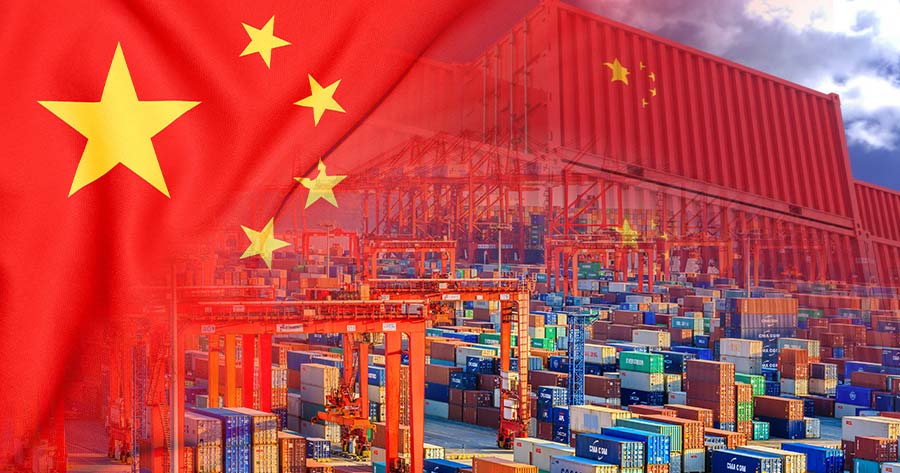China’s exports contracted in October, driven by a sharp 25% drop in shipments to the United States, according to government data released Friday. The ongoing trade rift between the world’s two biggest economies—in spite of recent diplomatic signals—continues to weigh on Chinese trade performance, even as Beijing diversifies export markets.
Customs data showed that China’s overall exports fell 1.1% year-on-year in October, marking the weakest outcome since February and reversing the 8.3% export growth recorded in September. Imports edged up just 1% from a year earlier, following a stronger 7.4% gain the prior month.
The seven-month streak of double-digit declines in exports to the U.S. persisted, despite China’s efforts to boost shipments to Southeast Asia and Africa. October’s decline was also exacerbated by a high base of comparison: export growth for the same month in 2024 surged more than 12.6%, the fastest pace in over two years.
Economists highlighted that fading momentum in the property sector and subdued domestic consumption are acting as additional drags on import growth.
There are signs of possible respite ahead. Last week, U.S. President Donald Trump and Chinese President Xi Jinping met in South Korea, reaching fresh agreements to cool trade tensions.
The two leaders agreed to lower some tariffs, delay new port charges on each other’s vessels, and initiate reciprocal concessions. Beijing suspended certain export controls on rare earths for a year and committed to increased purchases of U.S. agricultural products, while Washington eased some sanctions on Chinese firms.
Analysts are divided over the immediate impact of these moves. Capital Economics’ Leah Fahy and Zichun Huang wrote in a recent note, the partial tariffs reduction in the recent U.S.-China deal may only provide a miniscule boost to exports. They added that any export rebound stemming from reduced trade barriers would likely emerge late in the fourth quarter.
Wei Li, head of Multi-Asset Investments at BNP Paribas Securities (China), said a substantial increase in exports to the U.S. could begin in the first quarter of next year, gaining further momentum in the second quarter.
Meanwhile, at the China International Import Expo in Shanghai this week, Premier Li Qiang told an audience of business leaders that China would continue to embrace free trade and free market, while also criticizing trade restrictions that impact developing nations.
Goldman Sachs economists, following the Trump-Xi summit, forecast Chinese export volume growth of 5-6% annually, expecting this export resilience to contribute to the country’s drive for greater global market share and sustained economic expansion.





